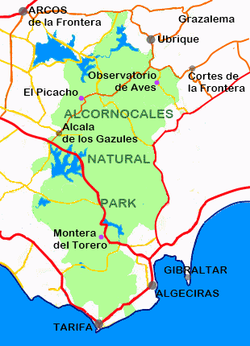
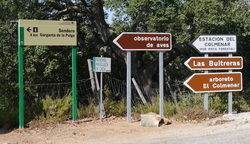
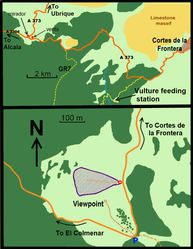
Continue along the A373 towards Cortes de la Frontera until you reach a turning on the left down to the Estacion del Colmenar (about 11 km). Although only a ‘pista forestal’, this small tarmac’d road is in generally good condition albeit quite narrow. This road twists and turns its serpentine way down into the valley and through attractive open woodland until it reaches El Colmenar. Indeed, it’s one of my favourite drives in the Alcornocales. All of the birds mentioned earlier occur, but in autumn the valley can also funnel good numbers of migrant raptors – in August 2010 I had 700 Honey Buzzards in little more than 40 minutes here.
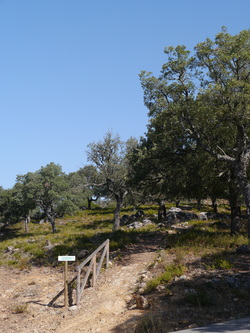
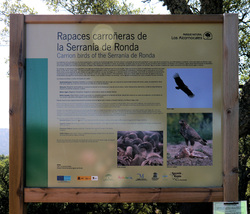
Unfortunately, the notice boards give no indication of when or how often food is distributed (although there is a email address – [email protected] – but this is for reporting any tagged or ringed birds). Accordingly, whether you get to see vultures feeding is somewhat hit and miss. However, full marks for the authorities for setting up this resource. I gather that there’s another “restaurant” not too far from the ruins of Acinipo (NW of Ronda), but I have no details. There must surely be more vulture “restaurants” in the south-west. It’s hard to imagine, for example, that Grazalema hasn’t got one (or more) sites. So if you know of any, particularly ones which can safely be viewed by the birding public, I’d love to hear from you!
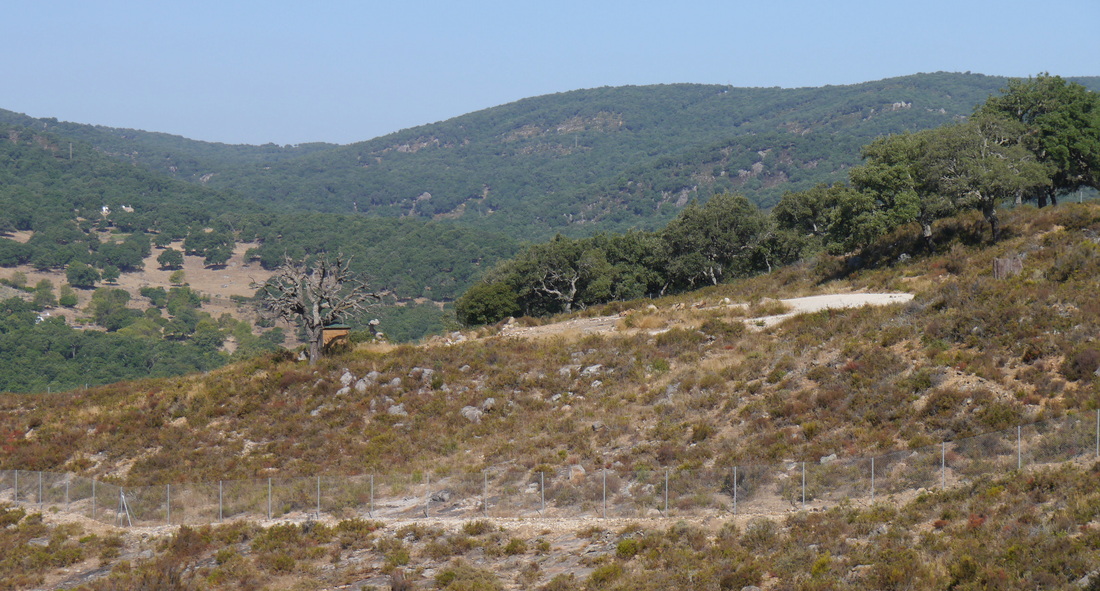
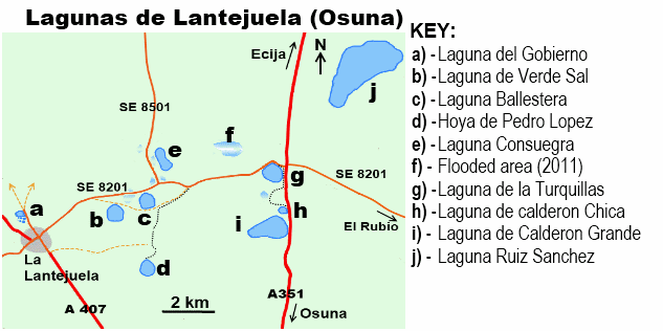
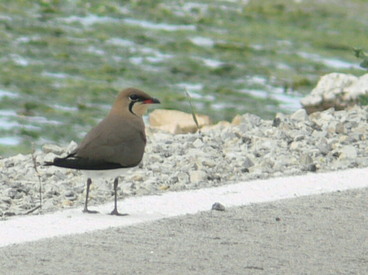
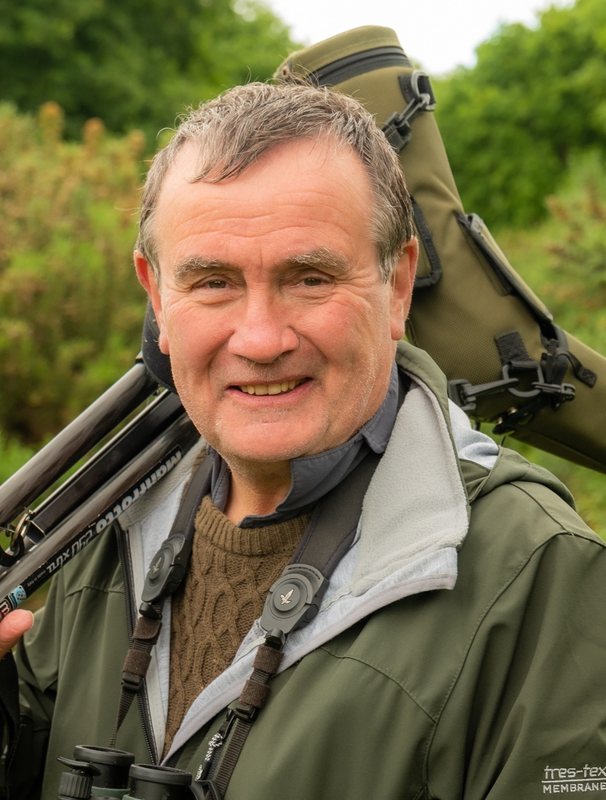
 RSS Feed
RSS Feed
